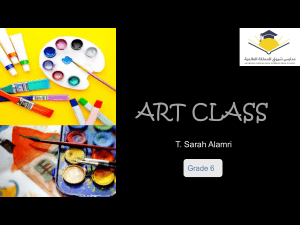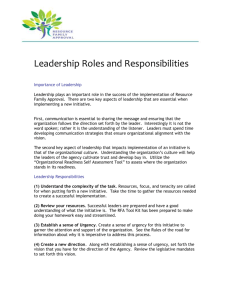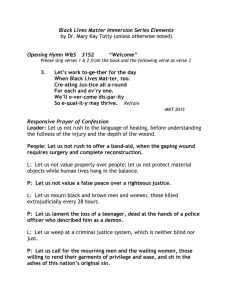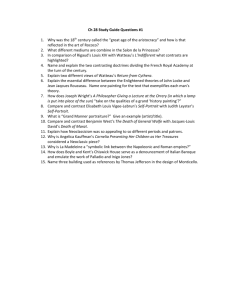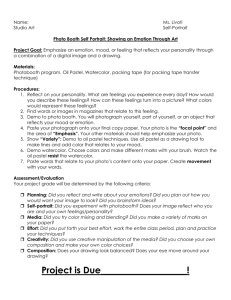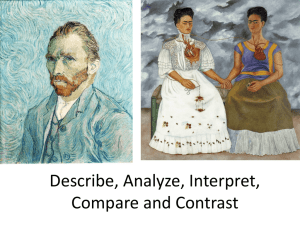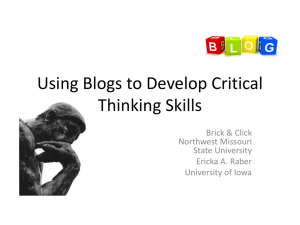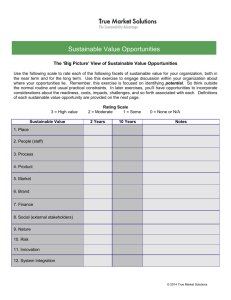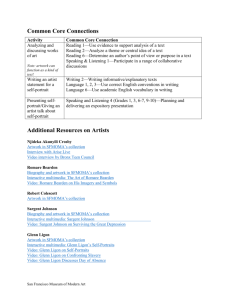ELA_recourse_pilo
advertisement
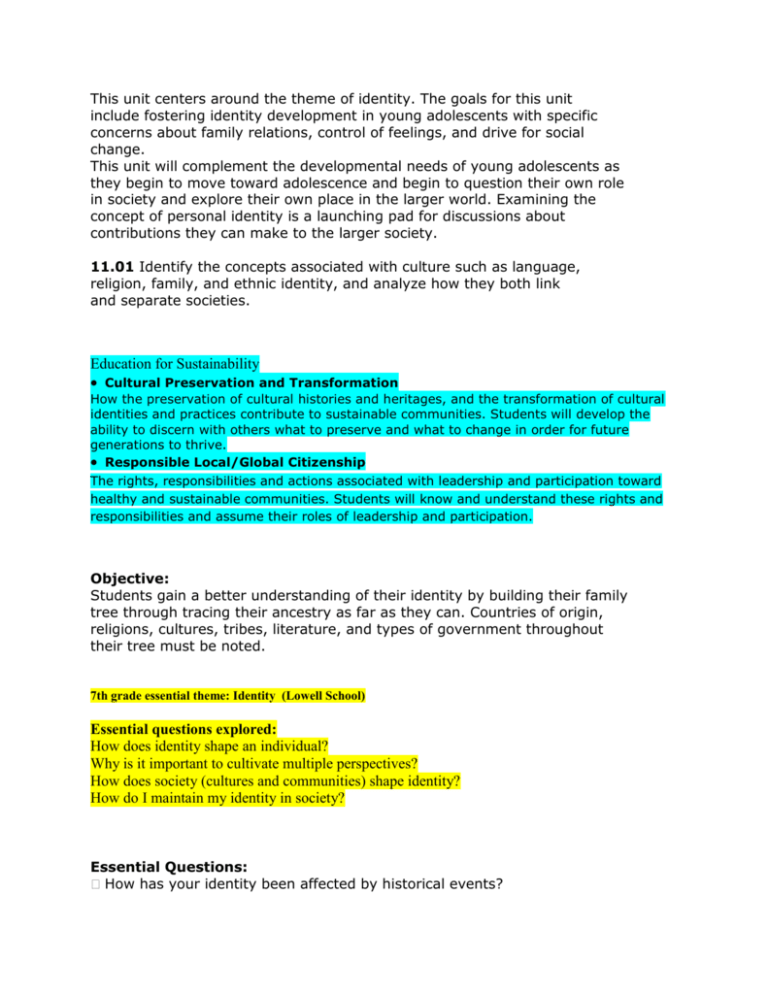
This unit centers around the theme of identity. The goals for this unit include fostering identity development in young adolescents with specific concerns about family relations, control of feelings, and drive for social change. This unit will complement the developmental needs of young adolescents as they begin to move toward adolescence and begin to question their own role in society and explore their own place in the larger world. Examining the concept of personal identity is a launching pad for discussions about contributions they can make to the larger society. 11.01 Identify the concepts associated with culture such as language, religion, family, and ethnic identity, and analyze how they both link and separate societies. Education for Sustainability Cultural Preservation and Transformation How the preservation of cultural histories and heritages, and the transformation of cultural identities and practices contribute to sustainable communities. Students will develop the ability to discern with others what to preserve and what to change in order for future generations to thrive. Responsible Local/Global Citizenship The rights, responsibilities and actions associated with leadership and participation toward healthy and sustainable communities. Students will know and understand these rights and responsibilities and assume their roles of leadership and participation. Objective: Students gain a better understanding of their identity by building their family tree through tracing their ancestry as far as they can. Countries of origin, religions, cultures, tribes, literature, and types of government throughout their tree must be noted. 7th grade essential theme: Identity (Lowell School) Essential questions explored: How does identity shape an individual? Why is it important to cultivate multiple perspectives? How does society (cultures and communities) shape identity? How do I maintain my identity in society? Essential Questions: � How has your identity been affected by historical events? � By what means is your identity affected by current events? � How much of your identity is formed by your culture? � To what extent do religion, beliefs, and values define identity? Activity Summary: For students who already know their family’s history, they may use www.tamagenerations.com- a website that uses tama characters in place of family names in cartoon trees. Characters are customizable to suit the tastes of individuals. For students who need help researching their history and documenting their findings, they may use http://kids.familytreemagazine.com/kids/ FamilyTreeForm.asp. This site has every tool imaginable to assist students in their journey. Both sites are user friendly. Assessment: Essential Questions: � In what ways to responsibility and civil rights play a part in forming identity? � How much of your identity is formed by your culture? � To what extent do religion, beliefs, and values define identity? � Describe the effects of outside/peer pressure on identity. � In what ways to power and influence affect identity? � How do location, environment, and natural changes affect identity? � Analyze the impact of imprisonment on a group’s identity. Activity Summary: Through a series of blogging activities on Gaggle, students will post their reactions to events leading up to and including the liberation of Nazi Death Camps while answering two to three essential questions, and respond to at least three peers’ posts in order to engage in meaningful reflection on how identity was a dangerous thing to have during Hitler’s reign, and how identity has changed into something more positive and influential today. Assessment: Informal. Teachers will monitor blogs for three elements: 1) participation, 2) students answer at least two essential questions, and 3) students respond to three peer blogs. ACTIVITY 1. As a warm-up, ask students to respond for a few minutes in writing to the question “Who am I?” 2. Ask volunteers to share what they have written. Point out the factors of their identities that seem to have played a key role in shaping how they see themselves, such as race, gender, nationality, activities (e.g., sports or music), religion, socio-economic status, culture, key life experiences and so forth.religion, socioeconomic status, culture, key life experiences and so forth. 3. Explain that the class will examine issues related to identity in greater depth by watching a series of video clips from the film Off and Running. Pass out the Viewing Guide and have students respond to the questions on the handout as they watch the video clips. 4. For homework, ask each student to create a self-portrait made up of objects, symbols and/or imagery that represent key elements of his or her identity. Students can create these self-portraits using whatever medium they choose, including graphic software on the computer, magazine cut-outs, drawing, 3-D sculpture, modeling clay and so forth. For inspiration, students may look at the following self-portraits: • http://tinyurl.com/2ahtz28 • http://www.abcgallery.com/A/arcimboldo/arcimboldo9.html • http://emilykiel.files.wordpress.com/2009/01/typeportraitex.jpg • http://www.princetonol.com/groups/iad/lessons/high/images/NerinaArcimboldo3.jpg Have each student write analysis that explains the objects he or she included in the self-portrait and how they relate to his or her personal identity.
